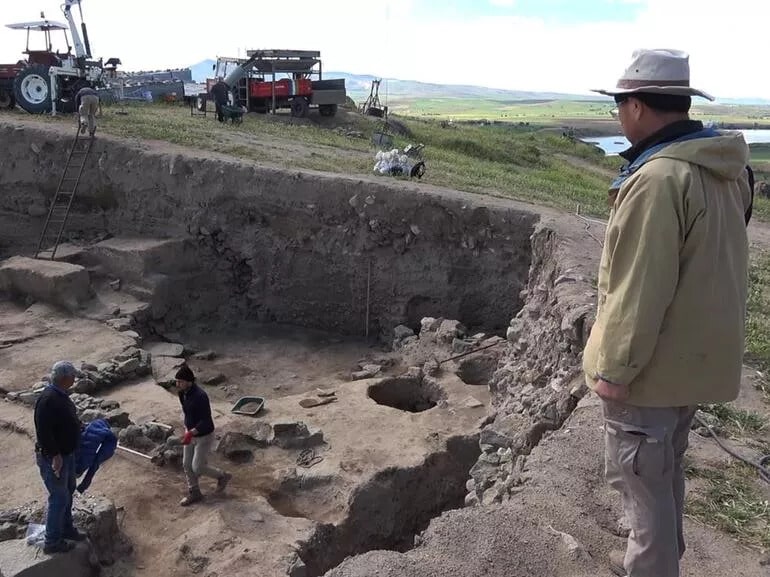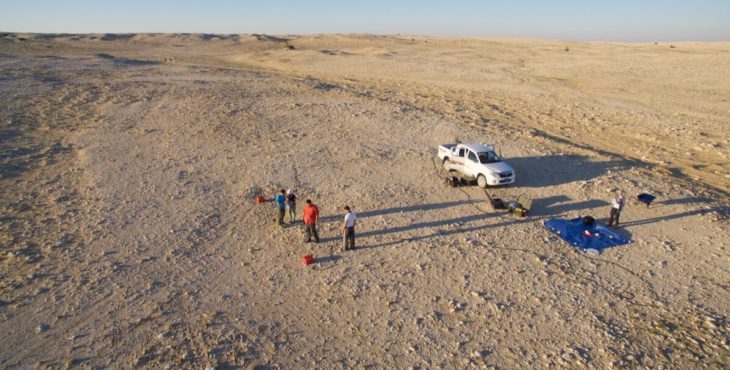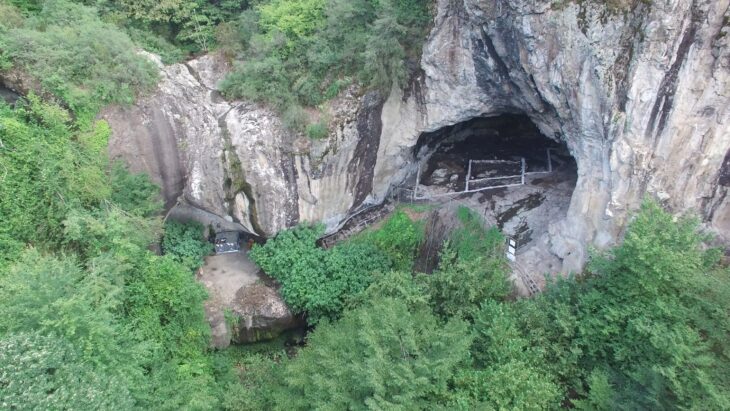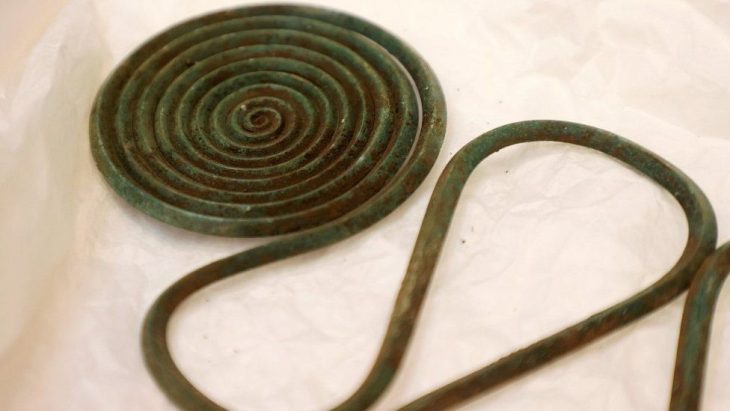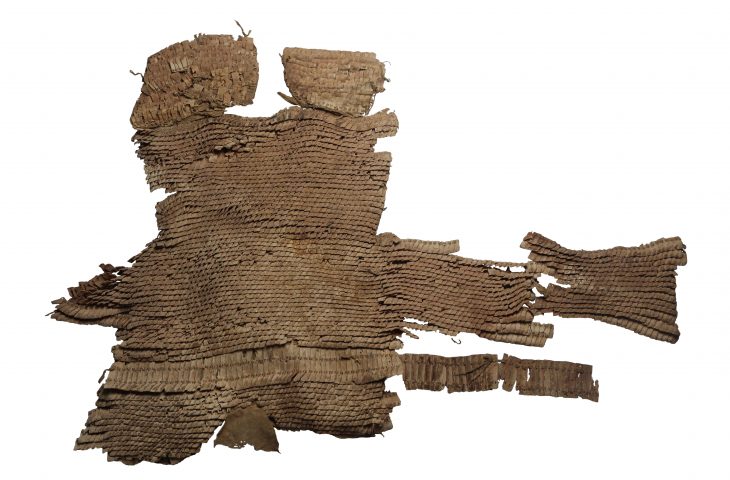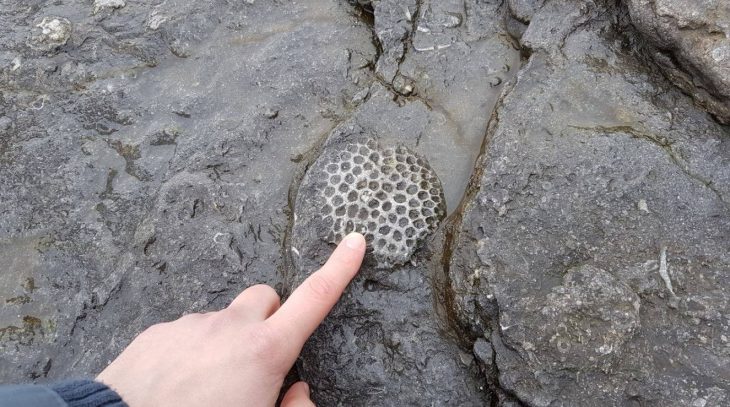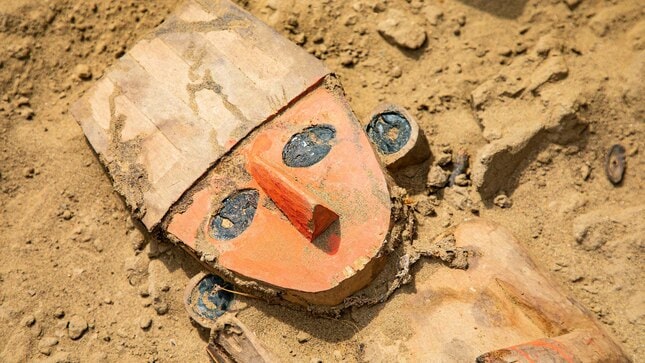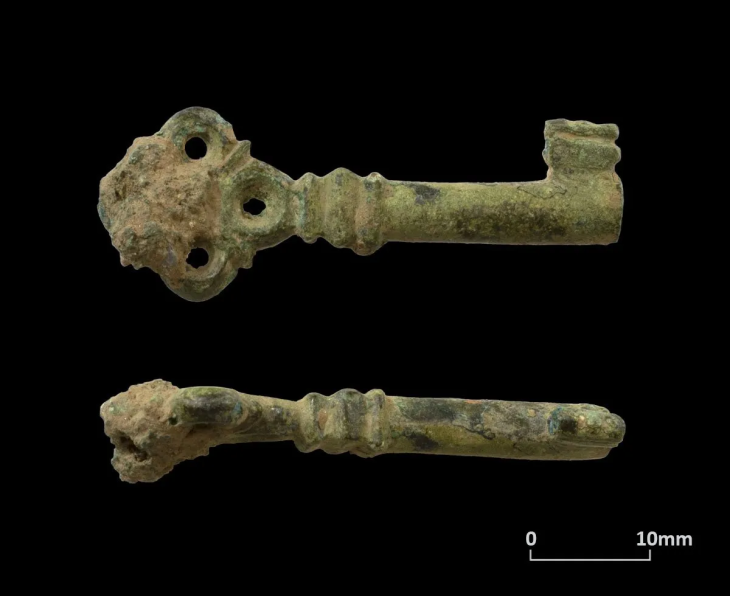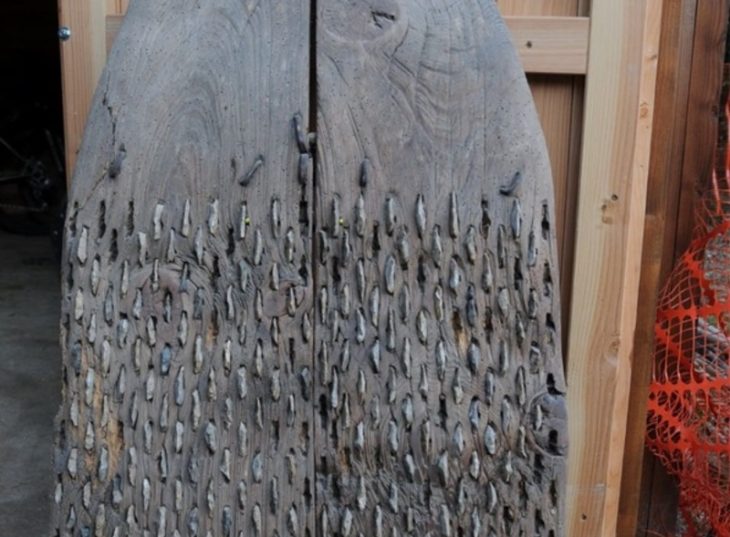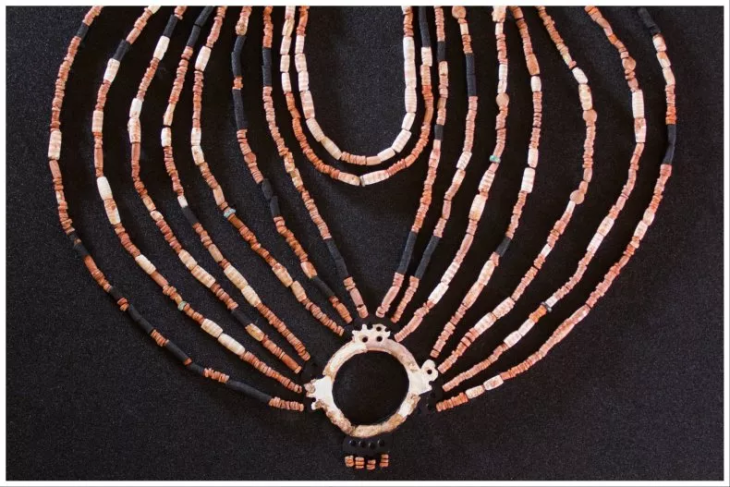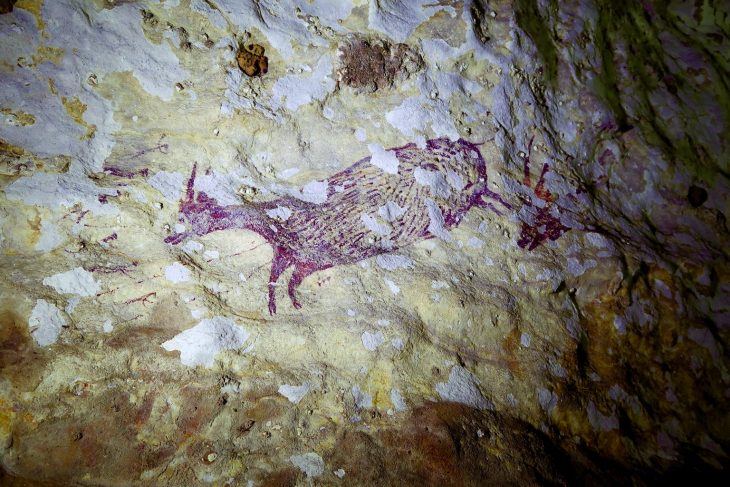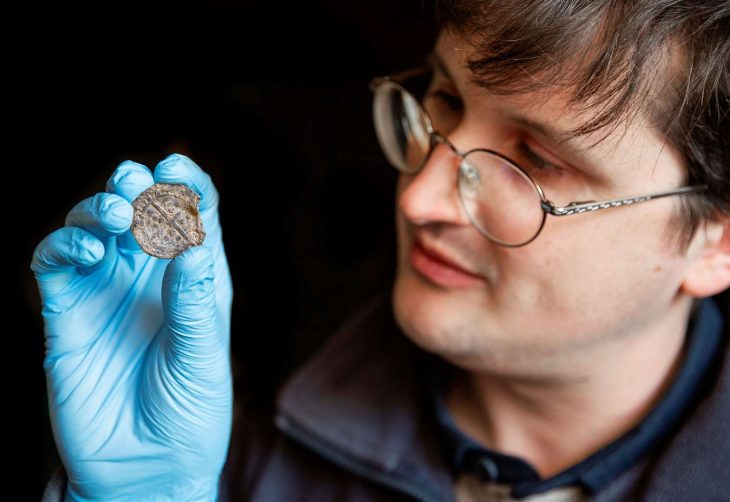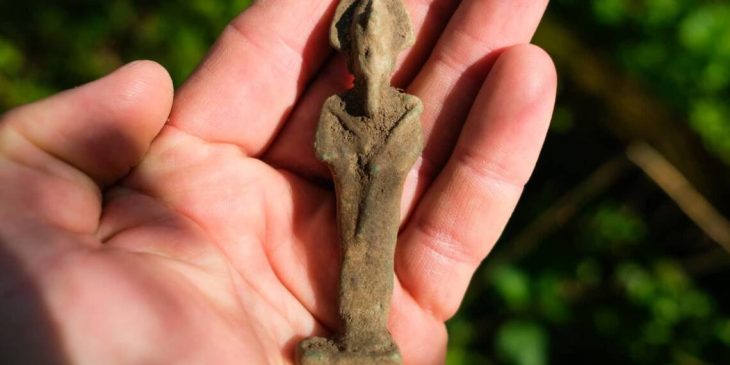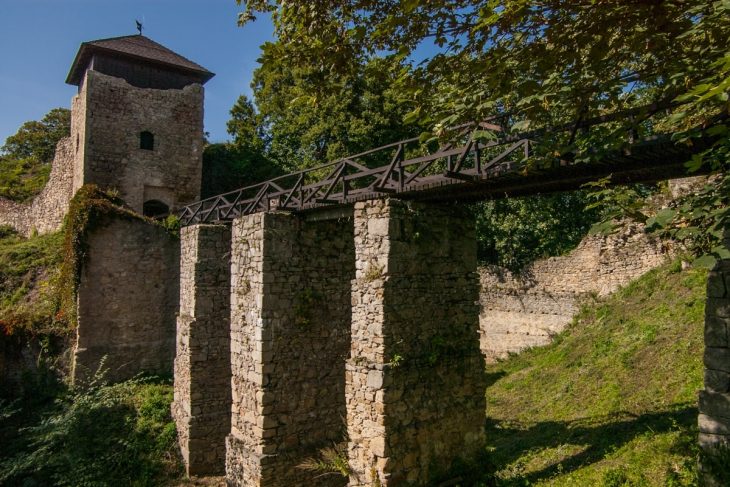Archaeologists estimated that the first settlement in Anatolia of the Cimmerians, who left Southern Ukraine before Christ (about 8th century BC), was Büklükale.
Büklükale is located about 100 kilometers from Ankara, Turkey’s capital city, where the road from Ankara to Kaman passes the Kızılrmak, Turkey’s longest river. Since ancient times, this region has been a major transit junction, and Büklükale has had control over it.
Büklükale excavations are carried out on behalf of the Japanese-Anatolian Archeology Institute, under the direction of Kırşehir Ahi Evran University, associate professor Kimiyoshi MATSUMURA. Büklükale is a city belonging to the last half of the 2nd millennium B.C. or the Hittite Empire Period. During the excavations carried out since 2009, cultural layers dated to the Ottoman Period, Iron Age, and Late, Middle, and Early Bronze Ages were identified.
Head of Excavation associate professor Kimiyoshi Matsumura told Now Archeology that the Cimmerians who came to Anatolia during the archaeological excavations guessed that the first settlement in Anatolia was Büklükale.
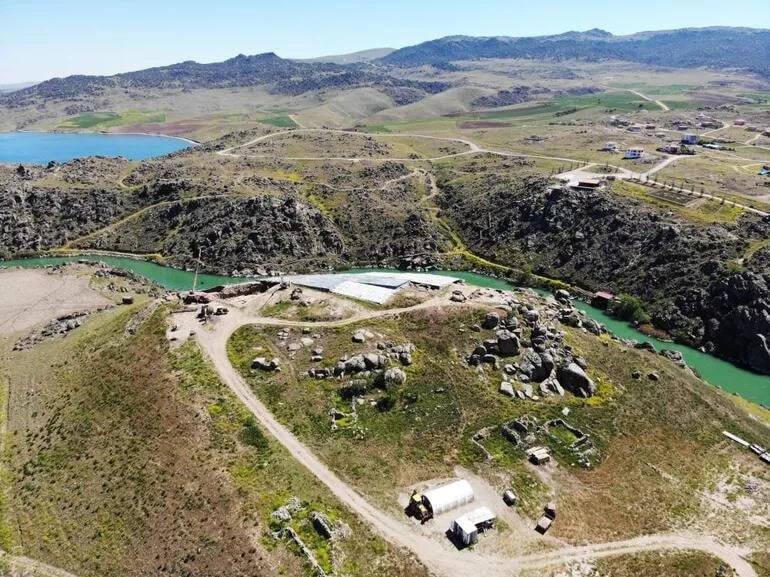
Matsumura, “We have identified objects with animal motifs peculiar to the Cimmerians or Scythians,” he said.
Stating that the excavations are continuing, Matsumura said, “peoples called Cimmerians came to Anatolia from the Ukraine region. The settlement or castle was built by them. We have identified it here for the first time in Anatolia.”
There is a very large fortification wall behind. “We think about it, and we have identified animal motifs and objects unique to the Cimmerians or Scythians in its contemporary architecture. Now we continue to work under it.”
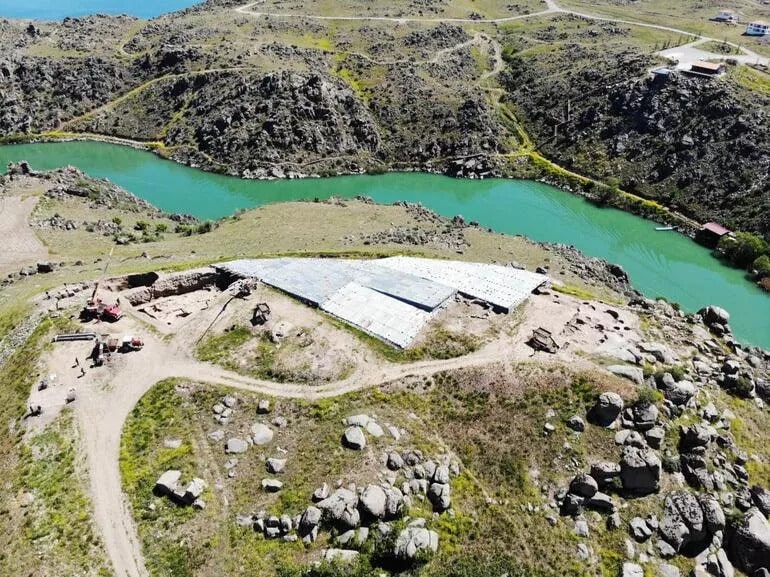
Cimmerians
The Cimmerians, a nomadic people, are known from several Assyrian texts calling them Ga-mir or Gi-mir-aa. These peoples, about whom we do not know much, may have lived in southern Ukraine, where the Crimea is, according to some scholars.
Archaeologists have identified them with the Novocerkassk culture on the grass plains between the river Prut and the Lower Don (c.900-c.650 BCE).
In the eighth century, many Cimmerians moved to the southeast, to the region north of the Caucasus. Here, they threatened the kingdom of Urartu. The Urartian king Rusa decided upon a preventive attack but was defeated (c.720). The Cimmerians invaded Urartu and looted the country as far south as Lake Urmia.
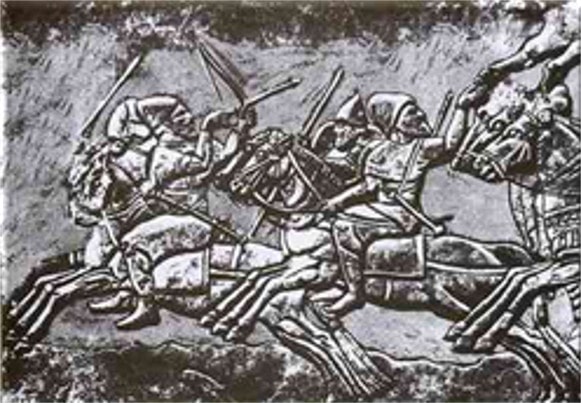
This caused panic in Phrygia, a kingdom in western Turkey. In 710/709, a king who is, in our Assyrian sources, called Mit-ta-a (= Midas?), was forced to ask for help from the Assyrian king Sargon II. However, this did not prevent the Cimmerian invasion. In 696/695, Midas committed suicide after he had lost a battle. This was the end of Phrygia. Probably, Cimmerians settled on the Phrygian plain, which was perfectly suited to their cavalry.
They attacked the Lydian kingdom, which was established after Phrygia for a while. They were repelled by king Gyges, but twenty years later, they were back and in 644, they defeated the Lydians and looted their capital Sardes. Gyges was killed by the Cimmerian leader Lygdamis (Dugdammê).
The Cimmerians raided Greek cities in Aeolia and Ionia, looted Paphlagonia, and seized Sinope. Lygdamis attacked Assyria again after 640 but was defeated both times. The Cimmerians were defeated once more by the Lydian king Alyattes (c.600-560), after which they vanished from history.
However, a settlement belonging to the Cimmerians has not been identified in Anatolia until today.

